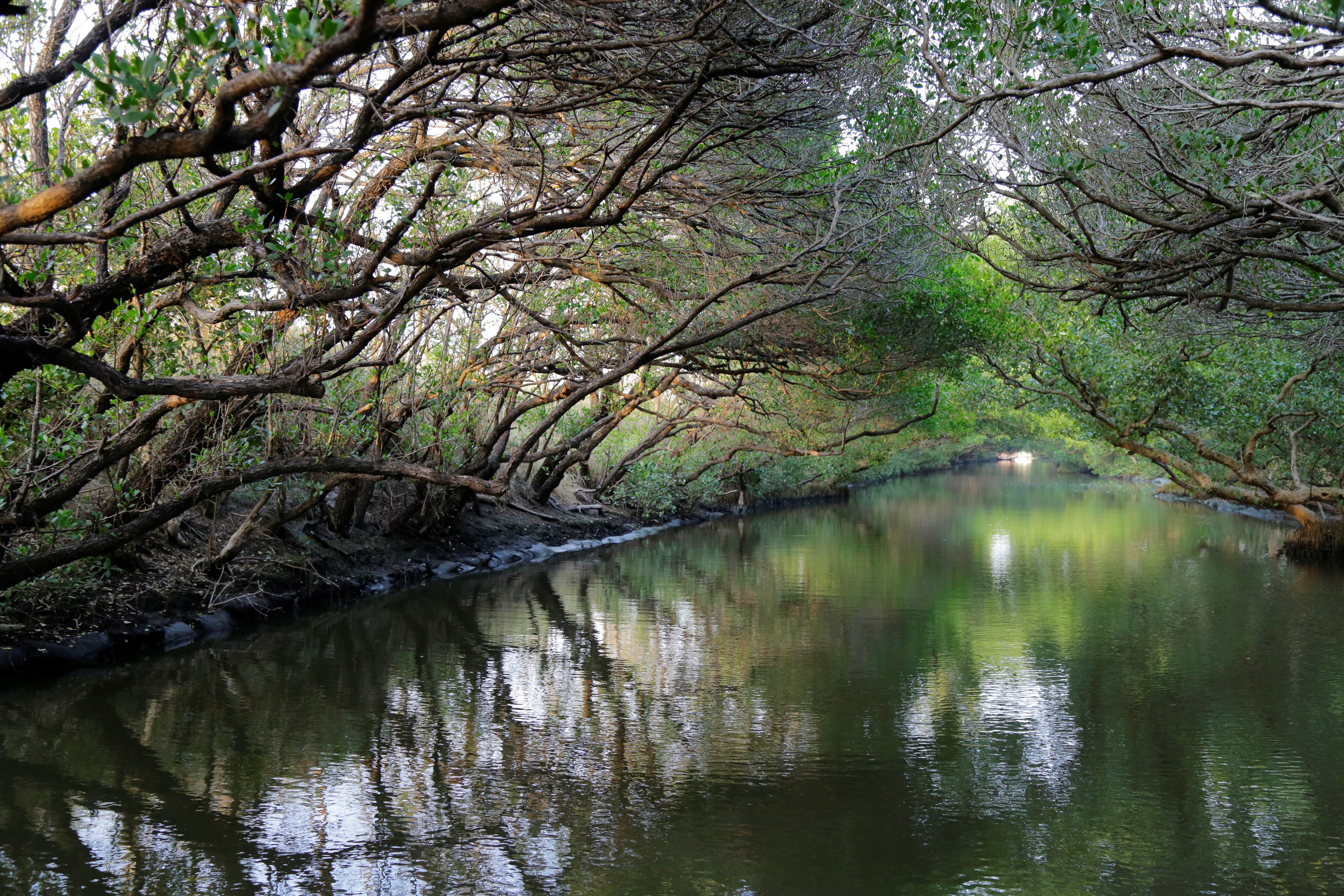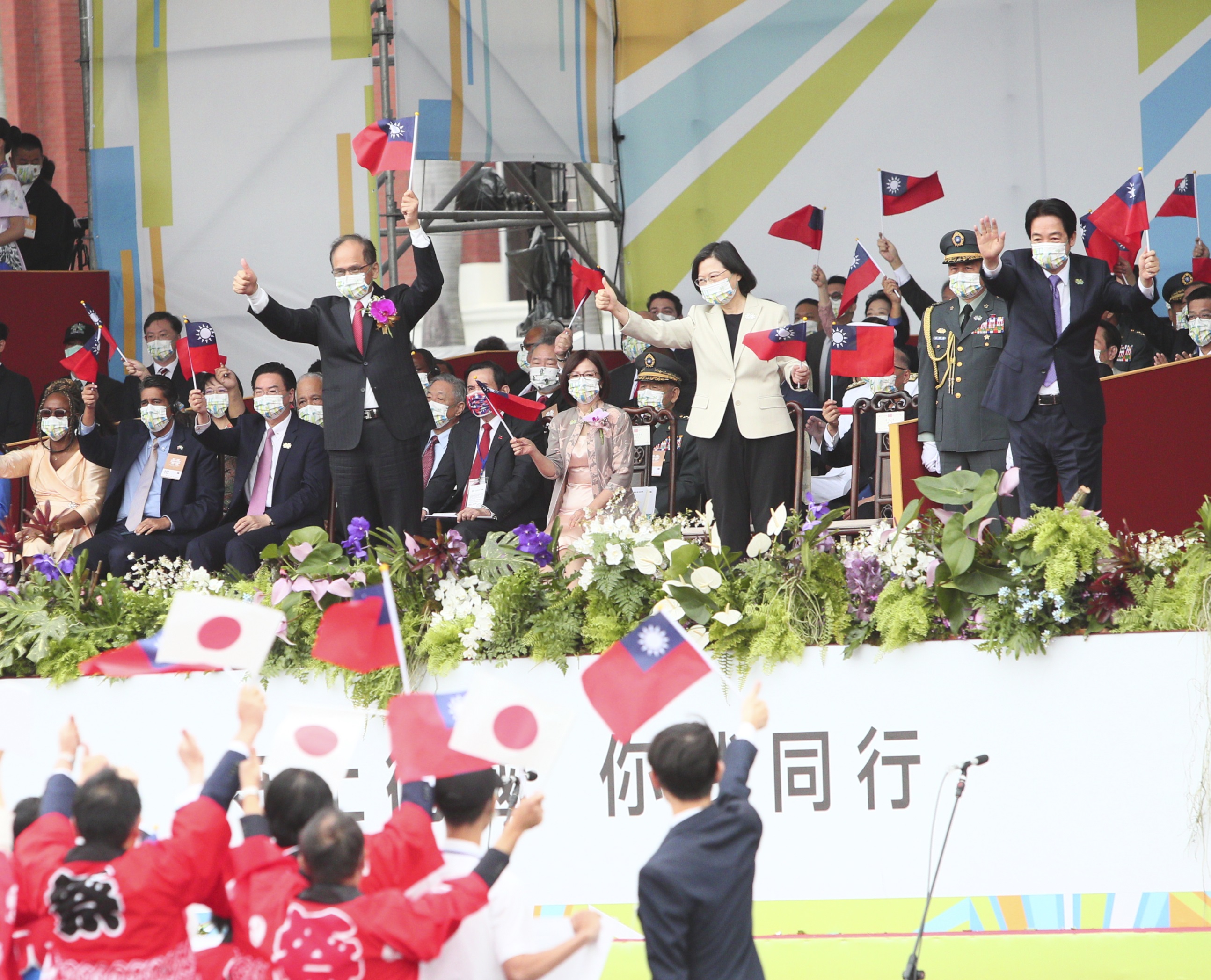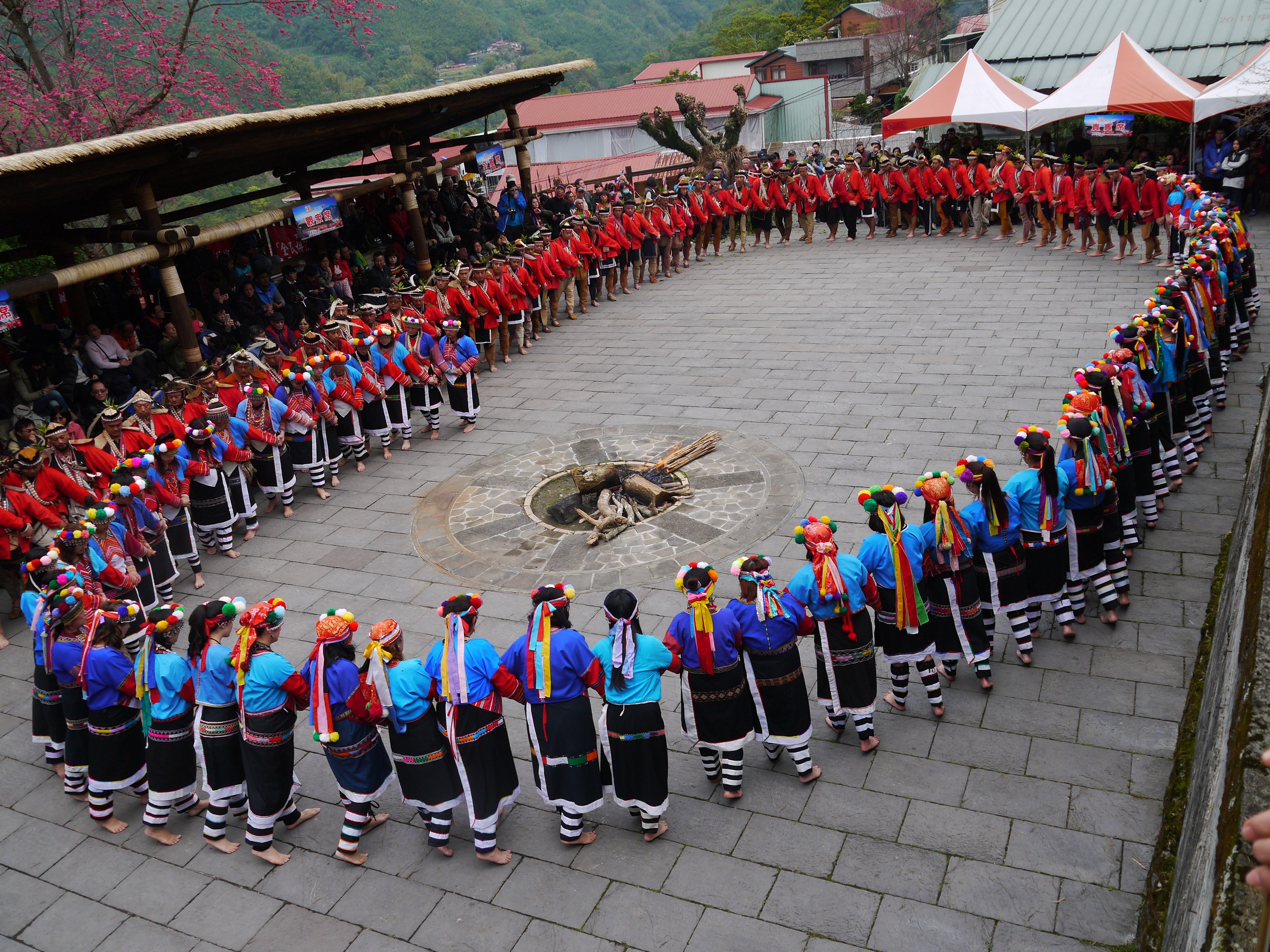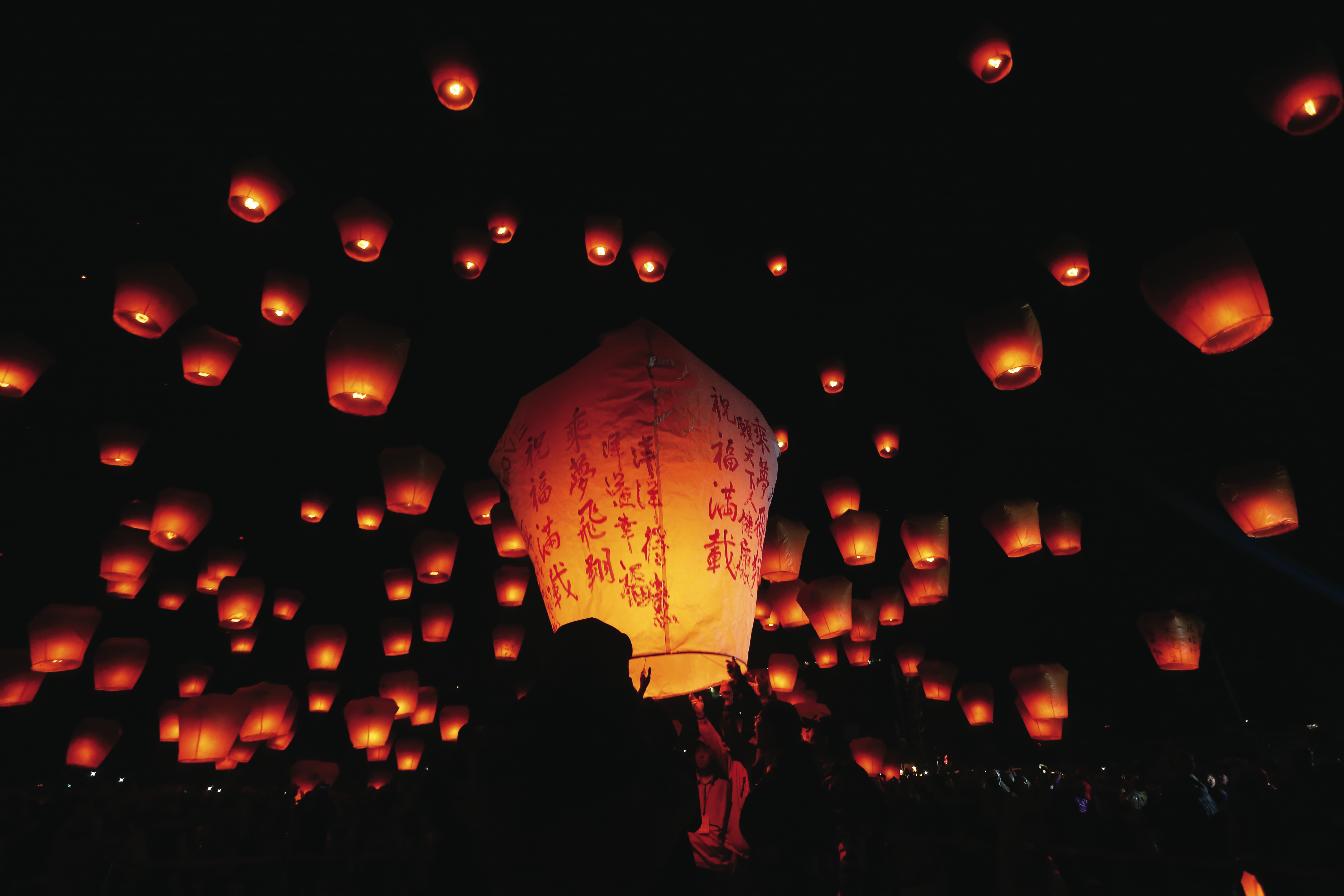(Source:Taiwan at a Glance)
(1) Nature

(2) History

The Republic of China (Taiwan) was founded in 1912 on the Chinese mainland. At that time, Taiwan was under Japanese colonial rule as a result of the 1895 Treaty of Shimonoseki, by which the Qing court ceded Taiwan to Japan. The ROC government began exercising jurisdiction over Taiwan in 1945 after Japan surrendered at the end of World War II.
The ROC government relocated to Taiwan in 1949 following the Chinese Civil War over the cause of democracy vs communism. Since then, the ROC has continued to exercise effective jurisdiction over the main island of Taiwan and a number of outlying islands. For decades now, the ROC (Taiwan) and the Chinese mainland have been under the rule of different governments. The authorities in Beijing have never exercised sovereignty over Taiwan or other islands currently administered by the ROC government.
(3) People

- Population: over 23 million (Han Chinese 97 percent; indigenous peoples two percent; new immigrants one percent) (as of February 2017)
- 16 officially recognized indigenous tribes
- More than 520,000 new immigrants, most of whom hail from mainland China and Southeast Asia
- Indigenous Austronesian peoples have lived on the island dating back 12,000 to 15,000 years.
- Ancestors of Taiwan’s Han people began migrating from mainland China in sizeable numbers in the 17th century. The majority of these early immigrants were Holo, mostly from southern Fujian Province, as well as Hakka, mainly from eastern Guangdong Province.
- Between 1992 and 2015, the number of foreign nationals living in Taiwan jumped from about 44,400 to 637,800, mainly due to the arrival of blue-collar migrant workers beginning in the early 1990s as well as an increase in marriages between ROC citizens and foreign nationals.
- As of January 2017, the number of immigrant spouses in Taiwan exceeded 520,000.
- Taiwan is now an aging society. The proportion of citizens aged 65 and older has steadily increased, from 2.45 percent of the population in 1955 to 13.2 percent in 2016.
(4) Politics
- The Republic of China (Taiwan) is a multiparty democracy founded on the ROC Constitution.
- The central government consists of the Office of the President and five branches, or yuans:
- The Executive Yuan—the executive branch of the ROC government, headed by the premier
- The Legislative Yuan—the central government’s sole law-making body
- The Judicial Yuan—the branch that oversees the nation’s court systems
- The Examination Yuan—the highest examination organ responsible for administering the nation’s civil service system
- The Control Yuan—an independent body mandated to handle people’s complaints about public servants or agencies, inspect central and local government agencies, conduct investigations, and monitor government expenditures
- The Steadfast Diplomacy policy was adopted after President Tsai Ing-wen took office in May 2016, aiming to expand Taiwan’s international participation and building mutually beneficial ties with countries that share Taiwan’s values of freedom and democracy.
- In accordance with the New Southbound Policy put forth by President Tsai, Taiwan looks to further expand cultural and commercial exchanges with ASEAN countries, South Asian countries, Australia, and New Zealand.
- As of February 2017, Taiwan enjoyed full membership in 37 intergovernmental organizations (IGOs) or their subsidiary bodies, including the WTO and APEC, as well as observership or other status in 21 other IGOs or their subsidiary bodies.
- Having been a beneficiary of foreign aid following WWII, which contributed greatly to Taiwan’s economic development, Taiwan has reciprocated this generosity by providing hundreds of millions of dollars’ worth of development and humanitarian assistance to other countries over the past five decades.
- The cross-strait relationship is promoted based on existing realities and political foundations. Private, commercial, and semi-official exchanges across the strait have increased in the past decade, achieving several agreements such as the Cross-Straits Economic Cooperation Framework Agreement (ECFA). In addition, tourists from the mainland are now allowed to travel directly to Taiwan, and restrictions on mainland Chinese media outlets posting correspondents in Taiwan have been relaxed.
(5) Economy

- GDP (nominal): US$529.68 billion (2016)
- GDP per capita (nominal): US$22,530 (2016)
- Taiwan is one of the world’s leading producers of ICT products.
- Taiwan is ranked ninth globally in technological and scientific infrastructure.
- Global survey rankings
Topic of survey
(Date of publication) |
Rank/ countries surveyed |
Surveying institution |
| World Competitiveness Scoreboard (May 2015) |
11/61 |
International Institute for Management Development |
| Investment Climate (April 2015) |
5/50 |
Business Environment Risk Intelligence |
| Network Readiness Index 2014 (April 2015) |
18/143 |
World Economic Forum |
| 2015 Index of Economic Freedom (January 2015) |
14/186 |
Heritage Foundation and the Wall Street Journal |
| 2015 Legatum Prosperity Index (November 2015) |
21/142 |
Legatum Institute |
| Ease of Doing Business (October 2015) |
11/189 |
World Bank |
| Global Competitiveness Index 2015-2016 (September 2015) |
15/140 |
World Economic Forum |
(6) Culture

- Taiwan is one of the few places that still use traditional Chinese characters. Calligraphy remains enormously popular.
- Traditional tenets of Buddhism, Confucianism, and Taoism continue to be well represented in everything from temple celebrations to literature to the visual and performing arts, such as Taiwanese opera and glove puppetry.
- The National Palace Museum in Taipei contains one of the largest collections of ancient Chinese artifacts in the world.
- Taiwan is the center of the Mandarin-language pop music industry.
- The Golden Horse Film Festival and Awards, established in 1962, is one of the most prestigious events for Chinese-language films.
- Well-known film directors from Taiwan
- Ang Lee
In 2000, Crouching Tiger, Hidden Dragon earned him his first Oscar nomination for Best Director, which he later won twice, i.e., for Brokeback Mountain (2005) and for Life of Pi (2012). He is one of the world’s most recognized directors. One of his more recent films is Billy Lynn's Long Halftime Walk (2016), which had its world premiere at the 54th New York Film Festival on October 14, 2016.
- Hou Hsiao-hsien
He won the Golden Lion at the Venice Film Festival for A City of Sadness (1989), and the Best Director award at the Cannes Film Festival for The Assassin (2015).
- Tsai Ming-liang
Tsai’s films have achieved worldwide acclaim and won many film festival awards, including the FIPRESCI award for The Hole at the 1998 Cannes Film Festival and the Alfred Bauer Prize and Silver Bear for Outstanding Artistic Achievement for The Wayward Cloud at the 2005 Berlin International Film Festival.